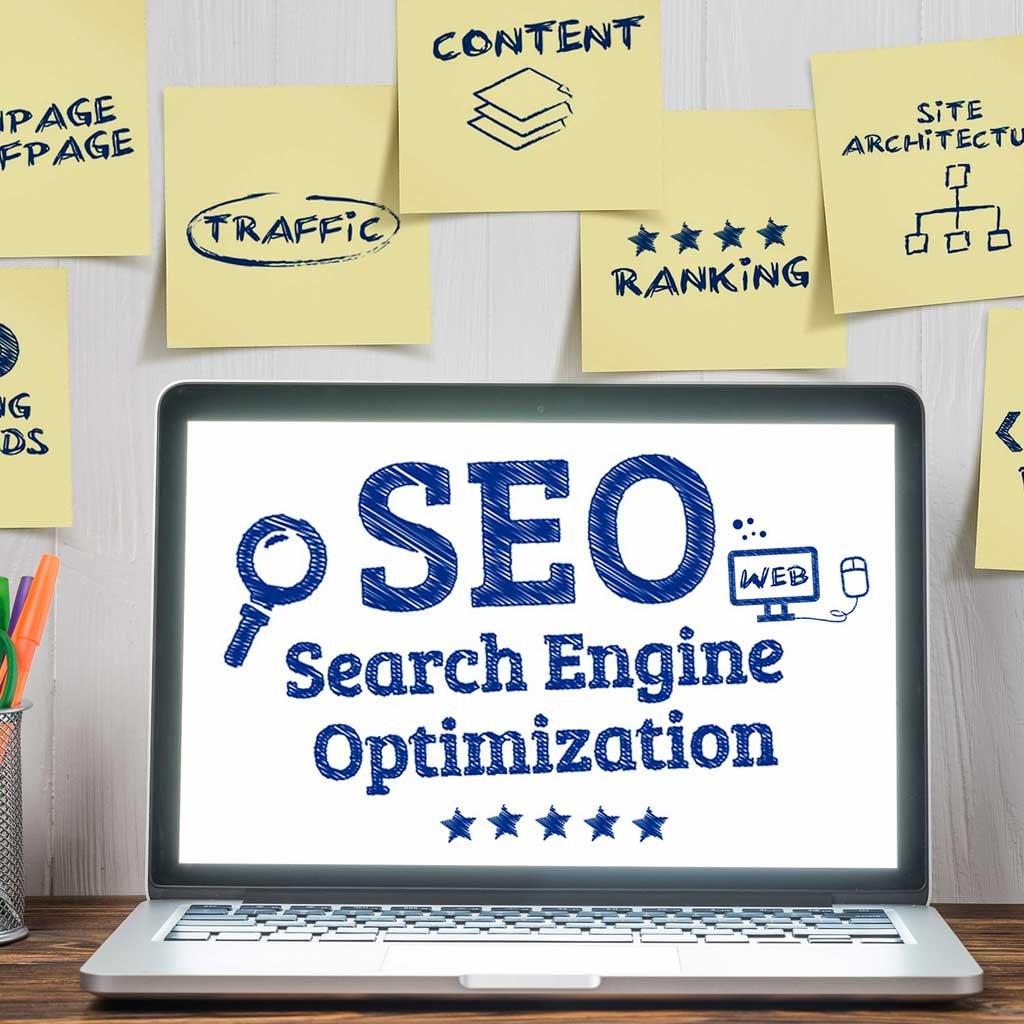Definition of Local SEO

Local SEO (Search Engine Optimization) refers to the practice of optimizing a website to increase its visibility in local search results. It is a critical aspect of digital marketing for businesses that operate on a regional level as opposed to a national one. Local SEO focuses on improving your online presence so that local customers can find you easily when searching for your products or services.
Importance of Local SEO
- Relevance to Local Searches: Local SEO helps businesses promote their products and services to local prospects and customers. Through various strategies and tactics, businesses can improve their visibility in local search results, making it easier for people in their vicinity to find them.
- Targeted Traffic: Unlike national SEO, which focuses on broad keywords, local SEO targets specific locations. This means the traffic generated through local SEO is more relevant and likely to convert, as it comes from users who are actively searching for local solutions.
- Increased Online Visibility: Enhancing your local SEO can significantly boost your online presence. A well-optimized website is more likely to appear in local searches, which can lead to increased foot traffic to your physical location and higher sales.
- Mobile Search Optimization: With the growing use of mobile devices, local SEO has become even more crucial. Many people search for local businesses on their smartphones. Optimizing your site for local search ensures that you are visible to these mobile users.
Key Components of Local SEO
1. Google My Business (GMB)
Google My Business is a free tool that allows businesses to manage their online presence across Google, including Search and Maps. It is a vital part of local SEO because it can help your business show up in local searches and on Google Maps.
- Setting Up GMB: Ensure your GMB profile is complete with accurate information about your business, such as name, address, phone number, website, and operating hours.
- Optimizing GMB: Include high-quality images, respond to customer reviews, and regularly update your profile with posts and special offers.
2. NAP Citations
NAP stands for Name, Address, and Phone number. Consistency in NAP information across all online platforms is crucial for local SEO.
- Consistency: Ensure that your NAP information is consistent across your website, GMB, social media profiles, and any other online directories.
- Local Directories: List your business in local online directories and ensure your NAP information is accurate and up-to-date.
3. Local Keyword Optimization
Keywords are the foundation of SEO. For local SEO, it is essential to target keywords that include local terms and phrases.
- Keyword Research: Identify keywords that are relevant to your business and location. Use tools like Google Keyword Planner or SEMrush to find local keywords.
- On-Page SEO: Optimize your website’s content with local keywords. Include these keywords in titles, meta descriptions, headers, and throughout the content.
4. Reviews and Ratings
Customer reviews and ratings play a significant role in local SEO. Positive reviews can enhance your online reputation and improve your rankings in local search results.
- Encourage Reviews: Ask satisfied customers to leave reviews on your GMB profile and other review sites like Yelp and TripAdvisor.
- Respond to Reviews: Engage with your customers by responding to their reviews, whether positive or negative. This shows that you value their feedback and are committed to improving your service.
5. Local Backlinks
Backlinks from other local websites can boost your local SEO. They act as a vote of confidence and can improve your site’s authority.
- Local Partnerships: Build relationships with local businesses, bloggers, and influencers. Get them to link back to your website.
- Local Content: Create content that is relevant to your local community. This can include blog posts about local events, news, and activities.
6. Mobile Optimization
Since many local searches are conducted on mobile devices, ensuring your website is mobile-friendly is essential for local SEO.
- Responsive Design: Use a responsive website design that adjusts to different screen sizes.
- Page Speed: Optimize your site’s loading speed for mobile devices. A fast-loading site provides a better user experience and can improve your rankings.
7. Local Schema Markup
Schema markup is a type of microdata that helps search engines understand the content on your website. Using local schema markup can improve your chances of appearing in local search results.
- Implementing Schema: Add local schema markup to your website’s HTML. This can include information like your business name, address, phone number, and business hours.
Benefits of Local SEO
1. Higher Conversion Rates
Local SEO attracts targeted traffic, which is more likely to convert. People searching for local businesses usually have a specific need and are ready to make a purchase.
2. Improved Online Visibility
Optimizing for local SEO increases your chances of appearing in local search results, Google Maps, and local business directories, enhancing your overall online visibility.
3. Competitive Advantage
Many businesses have yet to fully optimize for local SEO, giving you a competitive advantage. By focusing on local SEO, you can stand out from competitors who may not be as visible in local searches.
4. Cost-Effective Marketing
Local SEO is a cost-effective marketing strategy. Unlike traditional advertising methods, which can be expensive, local SEO targets customers who are already looking for your products or services.
Challenges of Local SEO
1. Constantly Changing Algorithms
Search engine algorithms are constantly evolving, making it challenging to keep up with the latest trends and best practices in local SEO.
2. Managing Reviews
Handling customer reviews can be time-consuming, and negative reviews can impact your reputation. It is essential to have a strategy for managing and responding to reviews effectively.
3. Local Competition
Local SEO can be competitive, especially in densely populated areas. Competing with other local businesses requires continuous effort and optimization.
4. Maintaining Consistency
Ensuring that your NAP information is consistent across all platforms and directories can be challenging, especially if you have multiple locations.
Strategies to Improve Local SEO
1. Optimize Your Website
- Local Keywords: Use local keywords throughout your website, including in titles, meta descriptions, headers, and content.
- Contact Page: Ensure your contact page includes your NAP information, a map with your location, and a contact form.
- Local Content: Create content that is relevant to your local audience, such as blog posts about local events, news, and activities.
2. Build Local Citations
- Directories: List your business in local directories and ensure your NAP information is accurate.
- Local Websites: Get listed on local websites, such as local news sites and community forums.
3. Leverage Social Media
- Local Engagement: Engage with your local audience on social media by sharing local news, events, and promotions.
- Consistent NAP: Ensure your NAP information is consistent across all social media profiles.
4. Encourage Customer Reviews
- Review Platforms: Encourage customers to leave reviews on your GMB profile and other review sites.
- Respond to Reviews: Engage with customers by responding to their reviews and addressing any concerns.
5. Use Local Schema Markup
- Implement Schema: Add local schema markup to your website to help search engines understand your business information.
6. Create Local Backlinks
- Local Partnerships: Build relationships with local businesses and influencers to get backlinks to your website.
- Local Content: Create content that is relevant to your local community and share it with local websites.
Future Trends in Local SEO
1. Voice Search Optimization
With the increasing use of voice assistants like Siri, Alexa, and Google Assistant, optimizing for voice search is becoming more important. Voice search queries are often longer and more conversational, so it is essential to optimize your content for these types of queries.
2. Hyperlocal Targeting
Hyperlocal targeting focuses on optimizing for very specific locations, such as neighborhoods or even streets. This can be especially beneficial for businesses with multiple locations.
3. Augmented Reality (AR)
AR technology is being integrated into local search, allowing users to see information about local businesses in real time through their mobile devices. This can enhance the user experience and make it easier for customers to find your business.
4. Artificial Intelligence (AI)
AI is playing a significant role in local SEO, with search engines using AI algorithms to better understand user intent and deliver more relevant search results. Keeping up with AI advancements can help you stay ahead in local SEO.
Local SEO is an essential strategy for any business looking to attract local customers and increase its online visibility. By optimizing your website and online presence for local search, you can improve your rankings, drive targeted traffic, and ultimately grow your business. Despite the challenges, the benefits of local SEO far outweigh the drawbacks, making it a crucial component of any successful digital marketing strategy. As search engine algorithms and user behaviors continue to evolve, staying updated with the latest trends and best practices in local SEO will ensure that your business remains competitive in the local market.

